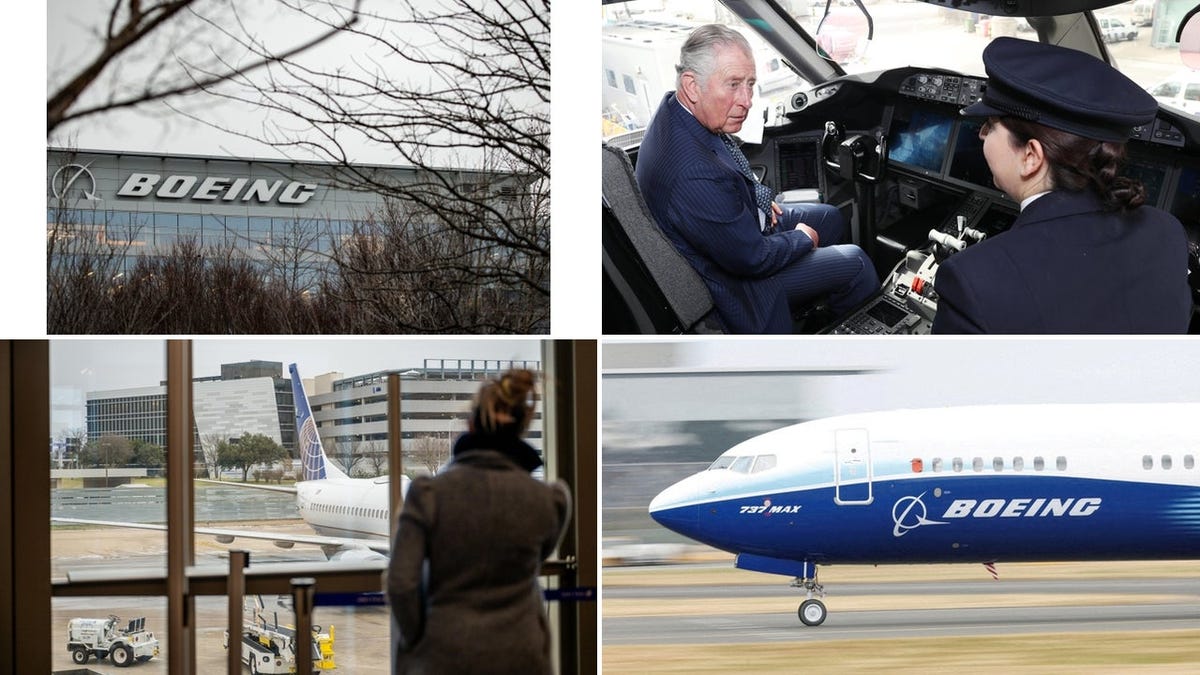It's disingenuous to say or imply the new 737 models are the same or similar to the old ones. They're the same size, they have a similar name, but that's about the extent of the similarities.
Yes and no. It's the same fuselage, cockpit and wing architecture as the original 737 -- first drawn up in the early 60s. It was designed for airports before there were modern gates with jet bridges, which is why it's so low to the ground, which is problematic today because there's not enough room for modern large-diameter engines. The Max entailed a series of ugly workarounds, mounting the engines at a different location/angle, which changed the flight characteristics and made stall more likely, which led to MCAS, which led to the crashes.
Boeing should have done a clean sheet 737 30 years ago but never got around to it because the program made money and the bean counters didn't want to take a short term financial hit. Boeing spent over $50 billion of its cash on stock buybacks instead of investing in its own business, and now they don't have the money to do a new 737, which is why a lot of people in the business think Boeing commercial is circling the drain and will be absorbed into Airbus.
However, MCAS disaster nonwithstanding, the 737 is safe and Maxes are safer than classics or next-gens. So much more redundancy is built in than 30-40 years ago, so much better monitoring systems to spot problems before they become critical, so many design fixes due to the long history of flying them. And components such as engines are ridiculously more reliable than they used to be.
Boeing and the FAA still have to answer for the MCAS disaster, but that was a design/engineering/oversight failure, and fundamentally a failure of Boeing to be truthful. If Boeing had told the truth about MCAS, the FAA probably would have understood the flaws and sent them back to the drawing board before launch, and we would have had 2 fewer Max crashes (and Boeing would today be in much better shape).



